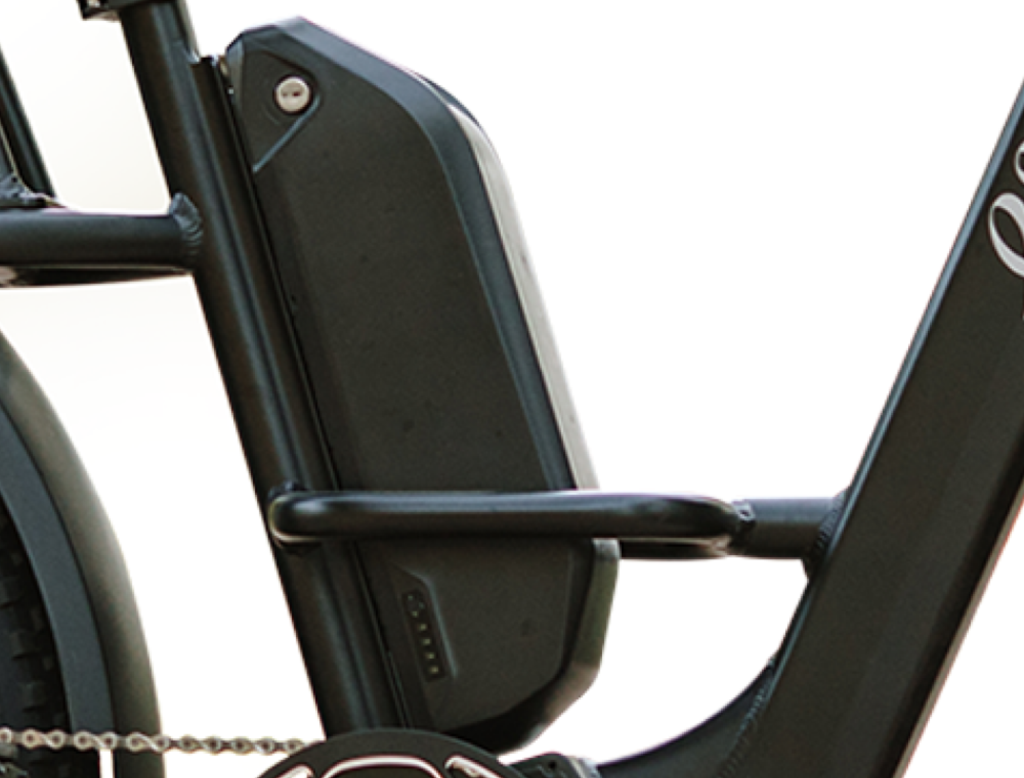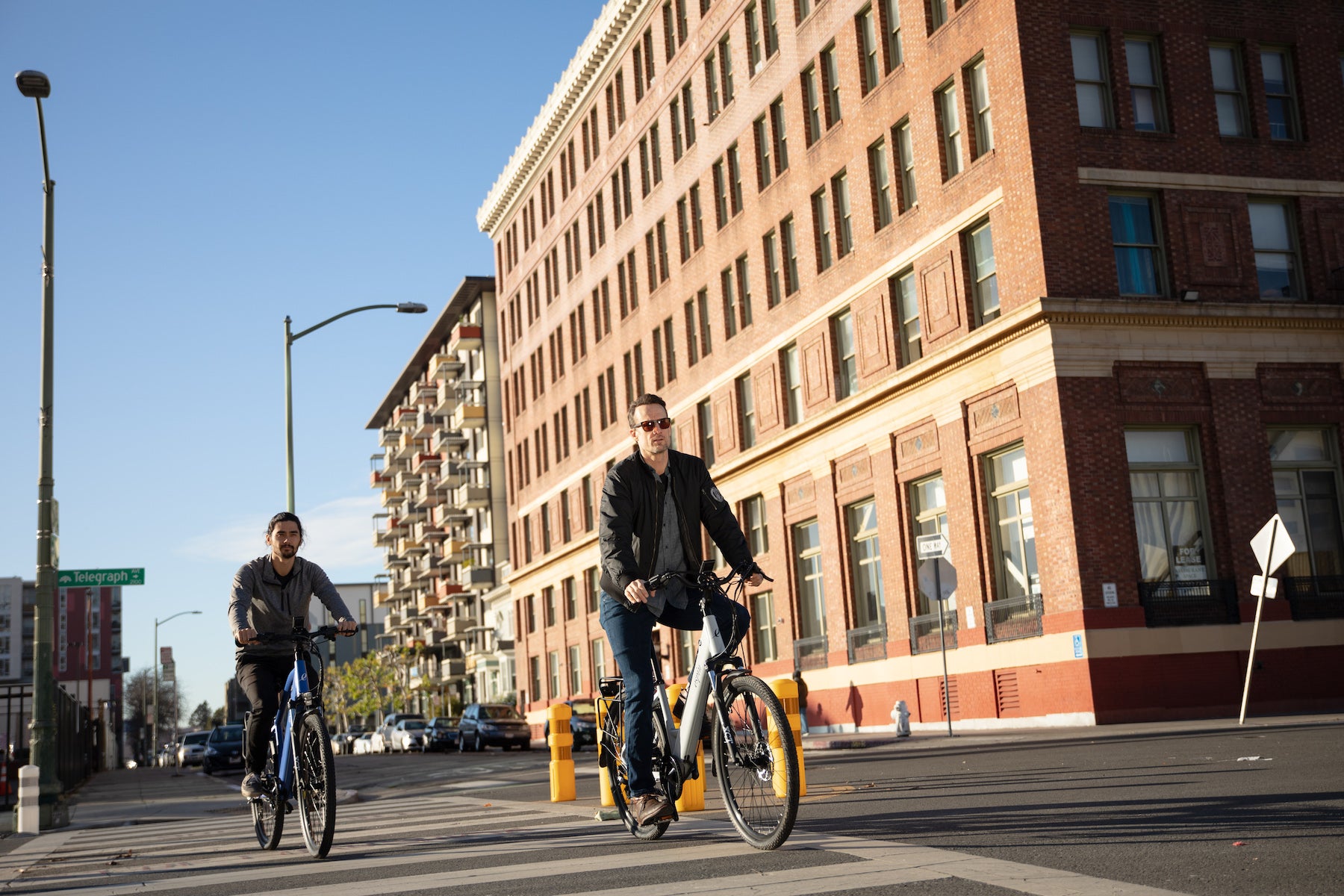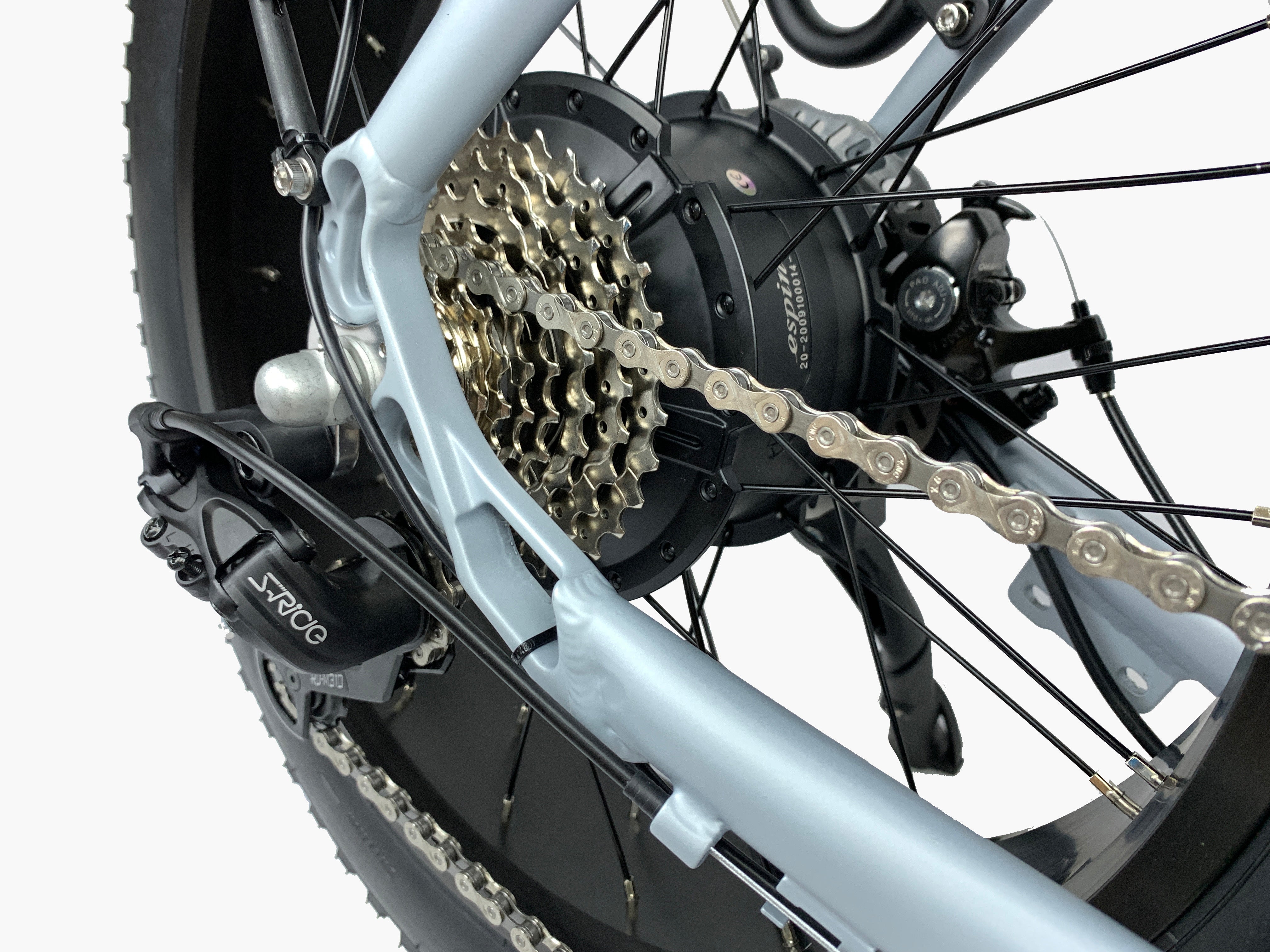The days are getting shorter, the weather is getting colder, and many people are getting ready for the winter days ahead. No part of this is more important for your ebike than winterizing its battery. Your ebike’s battery is a vital and expensive component that serves as the fuel source for your ebike’s motor. Unfortunately, this component is sensitive to extreme temperatures. This makes it critical to prepare this component to help it resist the wear and tear of time and ensure it is ready in the spring for many more rides to come.
Why Do Ebike Batteries Decay?
You may not know this, but your ebike’s battery depletes its charge even during periods without use. This phenomenon known as self-discharge takes place gradually but inevitably over time. Luckily, this self-discharge is slow, only consuming about 1% of your battery’s charge every month; however, without proper care, this discharge has the potential to ruin your battery.
The thing is that your ebike’s lithium-ion battery is not designed to ever be completely depleted. When you are riding for a long time, and your battery indicator shows empty, this doesn’t mean that your battery is actually running on no power; it actually just means that your controller is cutting off power at a low level before your battery runs completely dry. This is to protect your battery from reaching a dangerously low level of power that will begin to cause damage.
Unfortunately, once your battery runs low, it can be particularly vulnerable to self-discharge. This is because there is very little room left to reach a complete loss of power and severe and irreversible damage to your battery. Unfortunately, once the battery reaches this point, it will suffer permanent damage very quickly, and there isn’t much time left before your battery is truly “dead.”
Luckily, though, there is very little you have to do to maintain your battery’s state of charge. Simply make sure to charge your battery before you put it into storage. The optimal point of charge is about 70%. This will give it a healthy amount of room for self-discharge to keep it from passing below 30% throughout its storage. Then when it’s time to pull out your ebike in the spring, it will be ready to go with only a quick charge. However, now it’s time to look at where and how you should store your bike battery.
What Is the Best Way to Store Your Ebike’s Battery?
The way that an ebike battery is stored can dramatically affect the rate at which its power discharges. Unfortunately, this makes it possible for these batteries to discharge in a surprisingly short span of time when not properly stored; generally, this means not storing the battery between 41° and 113°. In the winter, it could easily drop below 41°. Even a few hours in the extreme heat can do severe damage, and when the temperatures drop much below 41°, it may only be less than a day until irreversible damage occurs.
The single best temperature for battery storage hangs at about 68°, so close to room temperature. At this point, battery decomposition slows, making for the longest possible battery life. This makes it ideal to simply store your battery in your home away from any sources of hot or cold air.
If you intend to store your whole ebike indoors, then that is great, and you can leave it on. However, chances are your home will still have a fair degree of moisture in the air, so the bike and battery’s terminals could still suffer from corrosion. To prevent this, remove the battery and cover the terminals with a small quantity of terminal grease. This will protect the terminals for the entire length of storage and then you can store the ebike itself wherever you decide.
Should Ebike Batteries Be Plugged in All Winter?
Generally, quality ebike batteries will come with chargers equipped with a battery management system. This system will keep the system from overcharging your battery among preventing other errors. This does mean that you could leave your battery plugged in without causing any harm. But, it will continuously consume power and will do no good over simply charging and unplugging your battery before putting it in storage. Generally, it is best just to charge your battery to about 70% and leave it at this charge unless it needs a recharge down the line before it enters regular service again.
What Should Be Done Before Using Your Battery Again?
One of the best things about modern lithium-ion batteries is that you don’t need to worry about memory effects or any of the problems you may know from older styles of batteries. You can simply plug it into your bike if it still has the charge left and ride. If you want to ensure that the power reading on your ebike’s display is as accurate as it can be, though, you can feel free to give it a good recharge to full and then ride, but either way, your ebike will be ready to ride again whenever you are.
Final Thoughts
Your ebike is a major investment and deserves some care, and its battery is often the most valuable and sensitive component on it. So, when the weather starts getting a chill in the air, it is important to think about how you will protect your ebike’s battery from harsh temperatures. By following these instructions, you can ensure that your battery lasts for many more seasons to come.









Leave a comment
This site is protected by hCaptcha and the hCaptcha Privacy Policy and Terms of Service apply.